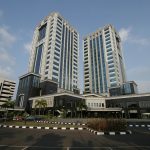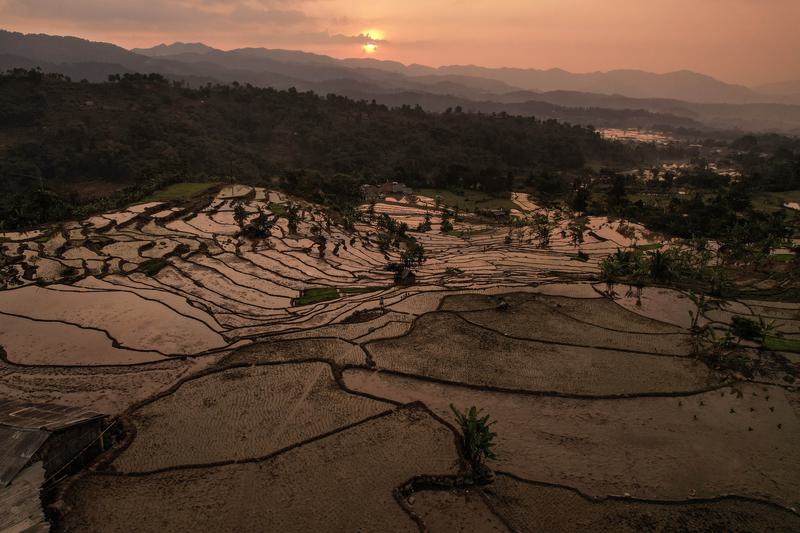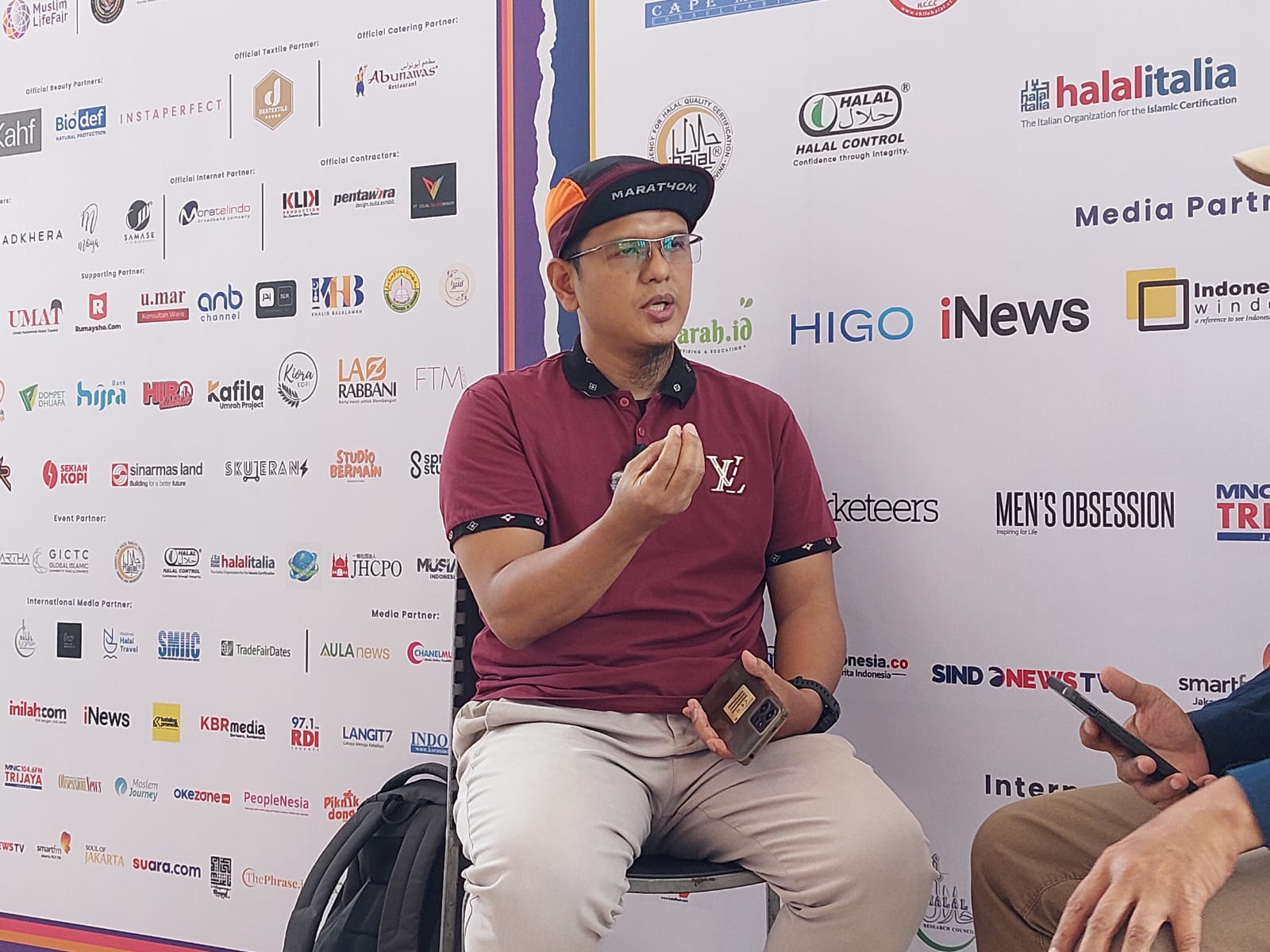Upland rice developed to stand for drought

Jakarta (Indonesia Window) – The Indonesian Institute of Sciences (LIPI) is currently developing rice varieties that are resistant to adverse environmental conditions such as drought and acidic pH.
The superior varieties of upland rice developed by LIPI are Inpago LIPI Go1, Inpago LIPI Go2, and Inpago LIPI Go4.
According to the LIPI Biotechnology Research Center researcher, Enung Sri Mulyaningsih, the three rice verities were designed to survive the drought and able to adapt to plots of land containing high-grade aluminum and acid with a pH of 3.2.
“Another advantage of this prime variety is that it is ready for harvest at the age of 110-113 days after planting, with Inpago LIPIGo1 rice production reaching 8.18 tons per hectare and Inpago LIPIGo2 8.15 tons per hectare.” Enung pointed out.
Planting of these varieties has been successfully tested in Tabalong, South Kalimantan.
“Yields reached 5.6 to 6.1 tons per hectare, far higher than other upland rice varieties such as Lampung Gajah, Sibuyung, and Maya, which on average only reached four tons per hectare in the same plot,” Enung explained.
She added that on degraded land such as the former rubber plantation, this superior variety is capable of producing 4.5 tons of dry grain.
“This volume increased 300 percent from the previous harvest which was only 1.5 tons,” he added.
Indonesia ranks 65 out of 113 countries in terms of food availability, affordability, quality and safety according to the 2018 Global Food Safety Index.
Imported food is flooding Indonesia, while people’s behavior related to nutrition and food consumption patterns are inadequate.
The development of upland rice varieties is one of the efforts to materialize food security and resilience besides improving farmers’ welfare.
Reporting by Indonesia Window

.jpg)








